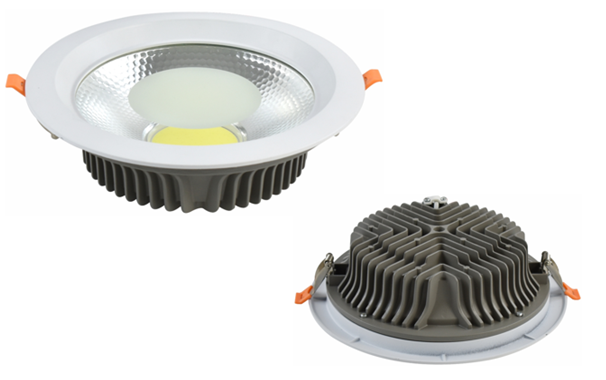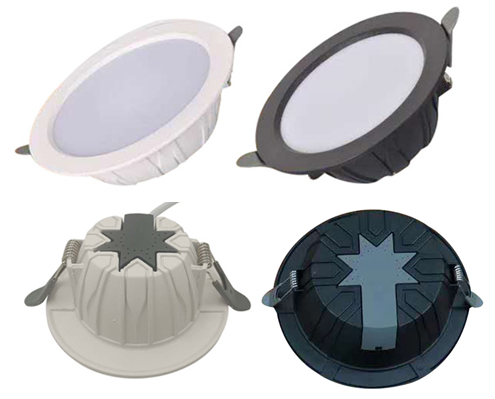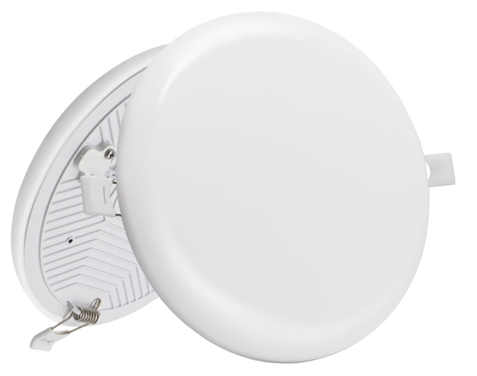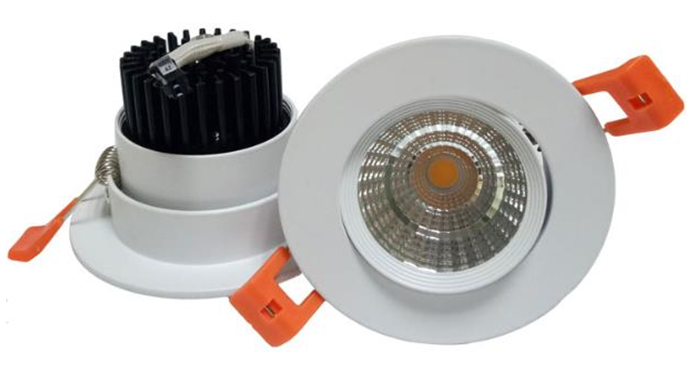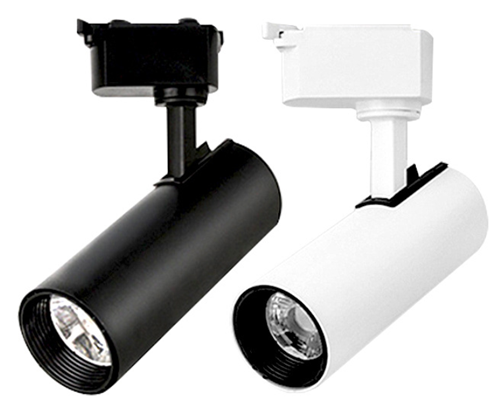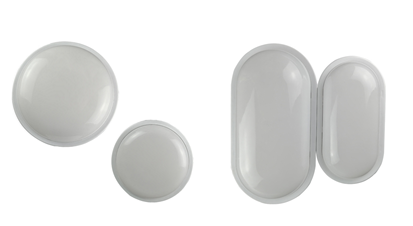Newstype
Latestnews
Hotnews
Extend the life of LED lighting systems with thermal management
 With light emitting diodes (LEDs) at the forefront of new residential and commercial fixtures, engineers and designers often struggle with ways to protect LEDs from premature failure due to thermal issues. LEDs permanently lose their brightness when thermally stressed and will degrade much quicker than the manufacturer intended. The additional cost of the emitters should be balanced with the thermal design to provide not only an elegant lighting solution, but the long life promised by solid state lighting.
With light emitting diodes (LEDs) at the forefront of new residential and commercial fixtures, engineers and designers often struggle with ways to protect LEDs from premature failure due to thermal issues. LEDs permanently lose their brightness when thermally stressed and will degrade much quicker than the manufacturer intended. The additional cost of the emitters should be balanced with the thermal design to provide not only an elegant lighting solution, but the long life promised by solid state lighting.
Today, roughly 20% to 50% of the electrical energy produced worldwide is used for lighting. With the world population growing there are only two alternatives, generate more electricity by building new power plants or work more efficiently with what is already being produced. Even if new power stations are built, the power lines connecting them to where the energy is needed can take many years to plan and install. Improving efficiency is one solution to mitigate the rising trend of power consumption and has the focus of the lighting industry. LEDs came on the scene commercially around the 1970's as a replacement for incandescent bulbs used as indicators.
Today, LEDs have efficacies over 100 lumens per watt and are finding their way into a large selection of general lighting applications. One of the earliest issues converting fixture designs from incandescent bulbs to LEDs is the difference in thermal characteristics. LED manufacturers actually publish life curves for their emitters as a function of temperature... something fixture designers may have never seen before.
The problems with LEDs
Incandescent bulbs could be referred to as heaters that emit some visible light. Around 90% of the light emitted from an incandescent bulb falls into the infrared region beyond 700 nanometers – invisible to humans but not imperceptible (See Figure 1).

Figure 1. Emission spectrum of an incandescent bulb.
The infrared “heat” can be felt if near incandescent bulbs – a common problem with task lighting over kitchen counters where the wasted IR light will heat food sitting below the lamps, which may promote premature spoilage.
LEDs however suffer a different problem. Their light is produced as electrons cross a forbidden energy zone called the “band-gap”. As the electrons combine with electron “holes” or the absence of electrons, they lose energy crossing the barrier. This energy is tailored by adjusting the band-gap to produce various frequencies of light. Traditional “white” LEDs initially generate intense blue or ultraviolet light which is used to excite a phosphor placed in the optical path. The process of converting electrons to photons in the junction of the LED is not perfect. The majority of the photons created in the junction is never emitted and ultimately recombine producing waste heat. Additionally, the phosphor used to shift the frequency of the LED emission to produce the white light depends on a phenomenon called the Stokes Shift. Both of these mechanisms produce waste heat that must be conducted away from the LED junction or severe damage will occur.
LEDs rarely fail catastrophically like their incandescent predecessors. They slowly degrade affecting the photon emission resulting in a dimming of the emitter. There are two industry end-of-life metrics; one is the L70 or Life to 70% of original emission and the L50 point – or 50% emission point. Typically the L70 point is used as the useful life of an LED fixture or bulb. The U.S. Department of Energy is actively engaged with standards organizations such as NIST and ANSI and has already released several standards such as ANSI C78.377-2008, Specifications for the Chromaticity of Solid-State Lighting Products. However, standards for life estimation such as TM-21, Method for Estimation of LED Life are still in development. The bottom line is that the lower the operating temperature of the LEDs, the longer their life span.
Solutions to Thermal Issues
The secret to a successful LED fixture design is proper thermal management. There are several factors that affect the thermal performance of any fixture including the ambient air temperature, but LEDs specifically suffer from improper thermal design. Conducting away the waste heat produced by LEDs is paramount and can separate the winners from the losers quickly in this emerging industry. Two markets exist; one is the retrofit or existing infrastructure of Edison base bulbs, “can” and low voltage halogen fixtures as well as task lighting. The other is new construction and commercial applications where reliability and overall cost of ownership take on greater importance. Both applications lack proper thermal management in the current infrastructure.
Addressing the retrofit market has additional hurdles including cost as well as dealing with the poor thermal characteristics of existing fixtures. One method to fix the thermal and cost issues is using passive cooling. This requires the fixture or bulb to have a large heat-sink engineered into the design that provides a low resistance path for the heat to flow away from the LED. Like electrical current any thermal resistance in the heat path causes a temperature increase. Thermal impedance is traditionally measured in degrees per watt (°C/W) and uses the symbol “θ” (theta) to denote the value. For instance, the value of θsa equal to 20°C/W refers to the heat-sink (“s”) to ambient air thermal impedance and will cause a temperature rise of 20 degrees for every watt of power dissipated. Figure 2 shows a passive thermal PAR38 (flood light style) design from LedEngin, Inc. and is commercially available today.

Figure 2. PAR38 dimmable LED replacement bulb from LedEngin, Inc.
This article by courtesy of EDN

 Chinese
Chinese English
English